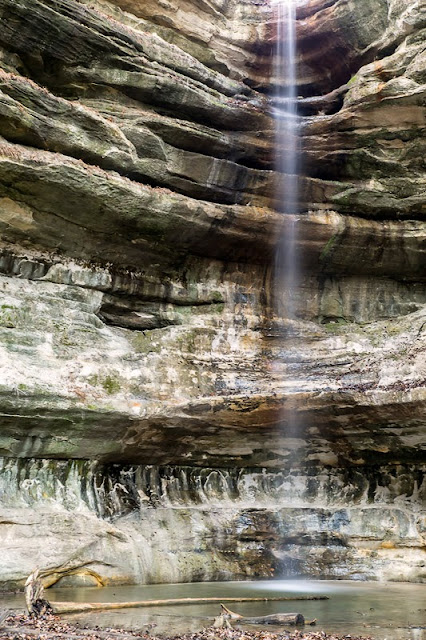Foothills Parkway, Great Smoky Mountains National Park, TN
Fujifilm X-E1, 55-200mm
I ran into one of my photography mentors this weekend. He said this hasn’t been a good year – he
recently lost his father to whom he was very close. I offered my condolences and we went on our
ways. Time didn’t allow me to finish my
thoughts.
When my father died – four years after my mother passed – a
priest told me that now I was orphaned.
Not a particularly great feeling but one we’ll all experience. At the funeral, however, an old family
friend who also “lost” his dad told me
that I had not really lost him. Sam went
on to explain what he meant and it made a lot of sense then and still does 16
years later.
So Bill, you haven’t really lost your dad. Sure, your’re not going to be able to have a
midnight phone conversation or go to a ball game. I get that.
But he is here and with you.
He’s with you 24/7/365 every time, celebrating your
successes and consoling your failures.
He’s with you every time his inspiration encourages you to do the right
thing and his caution advises against a bad choice. When you fix or replace something that broke,
it’s his voice guiding you on how to do it.
That voice said things that you may occasionally repeat when
you give advice. I heard it last week
when I was buying some stocks – my dad cautioning “don’t put all your eggs in
one basket.” Or, after opening the gas
and light bill, recalling his first visit to my home when I lived “up north”
(northern Wisconsin) when he noticed how cold it was inside and that “it’s
different when you pay your own [utility] bill.” I shot back that with electric heat each room
is controlled individually and that “the bathroom is always set at 72 degrees
because nobody likes a cold place to shit.”
If you pay attention, you’ll hear that voice – and most of
the time the advice will be spot on.
 |
Trillium, Great Smoky Mountains National Park
Fujifilm X-E1, 55-200mm, Nikon 5T |
At my dad’s funeral I remarked that one of the signs of
entering adulthood was when hearing “you’re just like your dad” is no longer an
annoyance but rather a compliment. And I
remembered my first personal encounter with empathy when I was in high school
and my dad called me to pick him up from the emergency room because he’d been
in a car accident. The irony of that
role reversal – how difficult it must have been for him to make that call – was
not lost on me.
How many times do we dads politely smile when we’re given
another shirt or tie but that’s not what we really want. At my age when I want something I usually go
out and get it – you can’t buy me what I need.
But as a father I know that the one thing we want above all is for our
children to be happy, successful and free from want and pain. When we know that they can survive on their
own we can relax because we know our job is done. That’s what we want and need – our children’s
success because in many ways we live vicariously through them.
A restaurant owner in Canada was chided by his accountant
son for how primitive his business records are.
“How do you know if you’re making a profit?” he asked. The father replied that, “When your mother
and I left the old country all I had was my pants and the shirt on my
back. Now we have this restaurant and a
nice home. Your sister is a doctor, your
brother a lawyer and you are a chartered accountant. We have wonderful grandchildren. When I subtract the pants and shirt on my
back, that’s my profit.”
Bill, you haven’t lost your dad. As a person of faith you know that he’s merely "relocated" but nonetheless he lives – through you.



























